Joachim Kock, Israel Vainsencher0817644563, 9780817644567
Emphasis is given throughout the exposition to examples, heuristic discussions, and simple applications of the basic tools to best convey the intuition behind the subject. The book demystifies these new quantum techniques by showing how they fit into classical algebraic geometry.
Some familiarity with basic algebraic geometry and elementary intersection theory is assumed. Each chapter concludes with some historical comments and an outline of key topics and themes as a guide for further study, followed by a collection of exercises that complement the material covered and reinforce computational skills. As such, the book is ideal for self-study, as a text for a mini-course in quantum cohomology, or as a special topics text in a standard course in intersection theory. The book will prove equally useful to graduate students in the classroom setting as to researchers in geometry and physics who wish to learn about the subject.
Table of contents :
Front cover……Page 1
Series……Page 2
Title page……Page 3
Date-line……Page 4
Dedication……Page 5
Preface……Page 7
Contents……Page 11
Title……Page 13
Introduction……Page 15
0.1 Cross ratios……Page 19
0.2 Definition of moduli space……Page 25
1.1 $n$-pointed smooth rational curves……Page 35
1.2 Stable $n$-pointed rational curves……Page 37
1.3 Stabilization, forgetting marks, contraction……Page 42
1.4 Sketch of the construction of $bar{M}_{o,n}$……Page 46
1.5 The boundary……Page 48
1.6 Generalizations and references……Page 53
2.1 Maps $mathbb{P}^1 to mathbb{P}^r……Page 61
2.2 1-parameter families……Page 68
2.3 Kontsevich stable maps……Page 72
2.4 Idea of the construction of $bar{M}_{o,n}(mathbb{P}^r,d)$……Page 74
2.5 Evaluation maps……Page 77
2.6 Forgetful maps……Page 79
2.7 The boundary……Page 83
2.8 Easy properties and examples……Page 85
2.9 Complete conies……Page 88
2.10 Generalizations and references……Page 92
3.1 Classical enumerative geometry……Page 105
3.2 Counting conies and rational cubics via stable maps……Page 109
3.3 Kontsevich’s formula……Page 113
3.4 Transversality and enumerative significance……Page 114
3.5 Stable maps versus rational curves……Page 116
3.6 Generalizations and references……Page 120
4.1 Definition and enumerative interpretation……Page 125
4.2 Properties of Gromov-Witten invariants……Page 129
4.3 Recursion……Page 131
4.4 The reconstruction theorem……Page 134
4.5 Generalizations and references……Page 137
5.1 Quick primer on generating functions……Page 143
5.2 The Gromov-Witten potential and the quantum product……Page 146
5.3 Associativity……Page 150
5.4 Kontsevich’s formula via quantum cohomology……Page 152
5.5 Generalizations and references……Page 155
Bibliography……Page 163
Index……Page 171
Back cover……Page 174
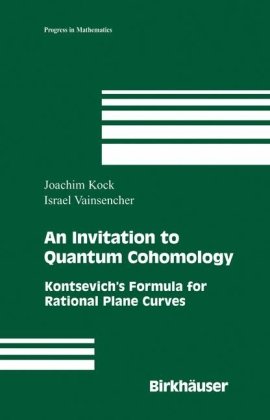
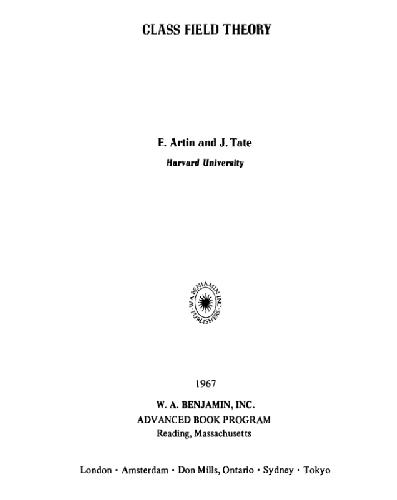
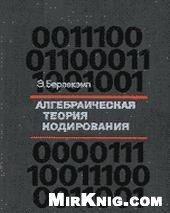
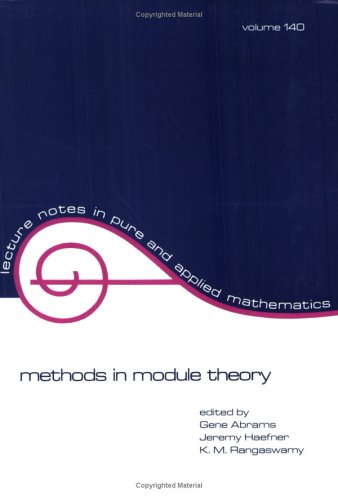

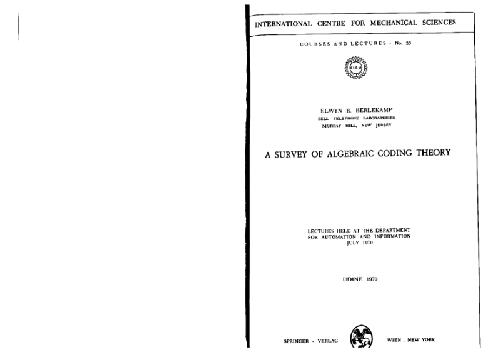
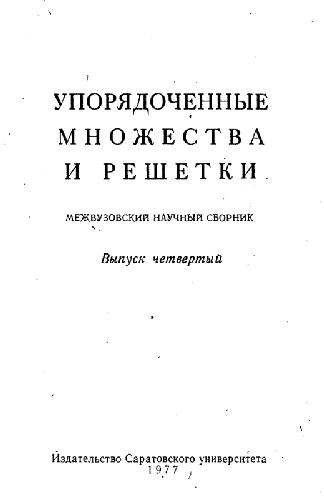
Reviews
There are no reviews yet.